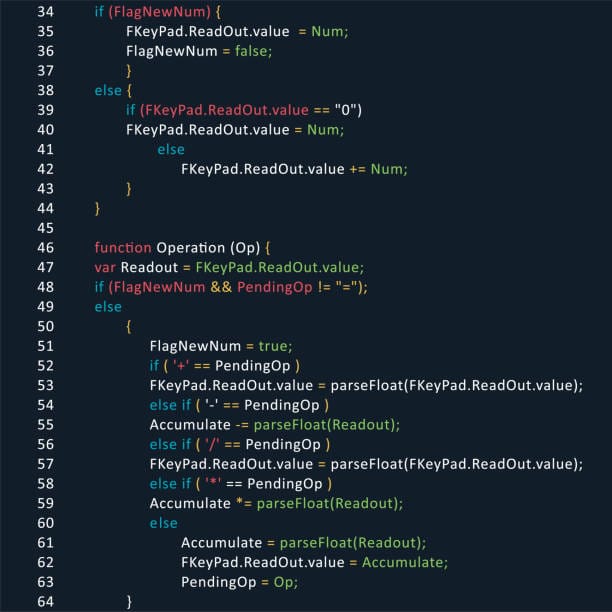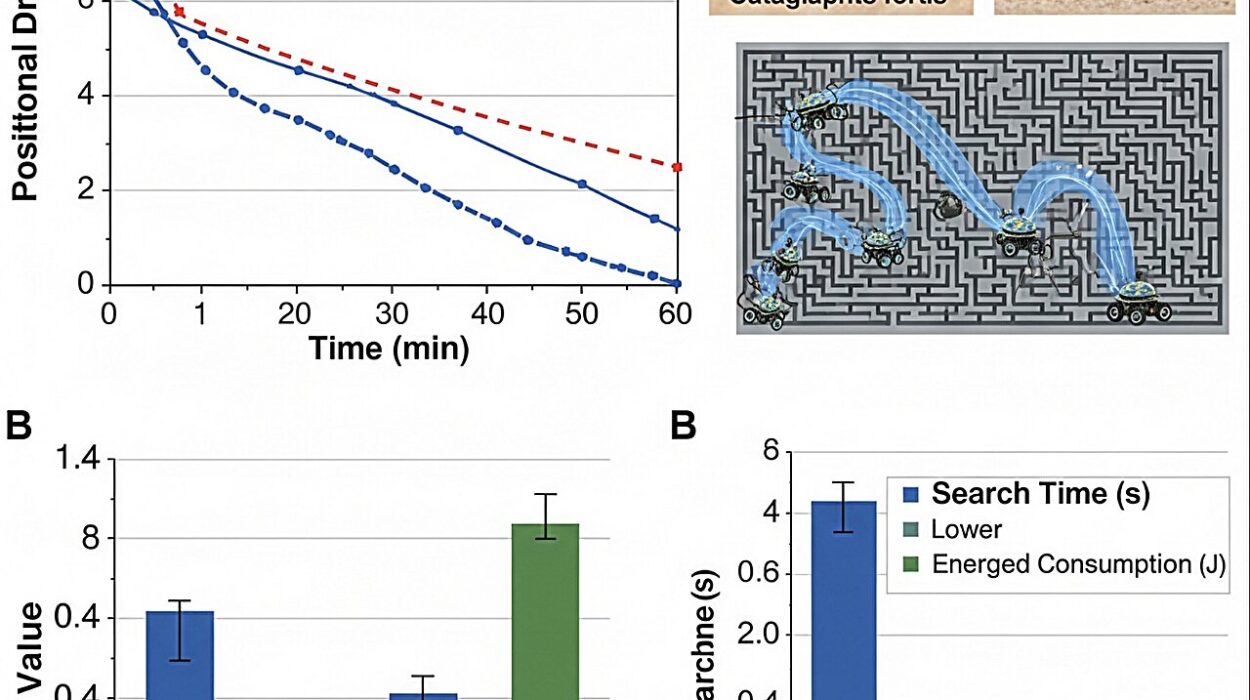Somewhere in the quiet hum of a coworking space, a developer leans back in their chair, coffee in hand, staring at the glow of a terminal window. The cursor blinks, patient and expectant, waiting for instructions. It is here — in this space between thought and action — that the future is built.
Programming languages are the tools with which we shape that future. But unlike the tools of other trades, they don’t remain the same over decades. They evolve, compete, fade, and sometimes reemerge in new forms. Choosing which languages to learn in 2025 isn’t just about picking what’s “popular” — it’s about positioning yourself where the currents of technology are flowing.
Whether you are a beginner setting foot into the world of software development or a seasoned engineer deciding where to invest your learning hours next, the following languages represent not just skill sets, but gateways to the industries and innovations that will define the decade ahead.
1. Python — The Universal Key to Modern Development
Python is the rare programming language that feels like it was designed not just for computers, but for humans. Its syntax is so clean and intuitive that beginners often fall in love with it on sight, while veterans continue to rely on it for projects of staggering complexity.
In 2025, Python remains the undisputed champion of data science and machine learning. With AI reshaping entire industries — from healthcare to finance to education — Python’s dominance in this domain cannot be overstated. Frameworks like TensorFlow, PyTorch, and scikit-learn allow developers to move from idea to prototype to production faster than ever.
But the magic of Python isn’t confined to AI. Web developers wield it through Django and Flask. Data analysts use Pandas and NumPy like sculptors shaping raw material into insights. Even automation enthusiasts rely on Python scripts to save hours of repetitive work.
Its massive global community means that whatever your problem, there’s likely a library or solution waiting for you. And in an era when technology changes at dizzying speeds, that kind of collective knowledge is gold.
2. JavaScript — The Pulse of the Web
If the internet had a language it whispered to itself in the dead of night, it would be JavaScript. In 2025, it remains the core of web development, the bridge between static pages and living, breathing digital experiences.
Once derided as a “toy” language, JavaScript has matured into a force that spans the entire stack. On the front end, frameworks like React, Vue, and Angular define the way users interact with applications — fluid animations, live data updates, and seamless navigation all flow from JavaScript’s veins. On the back end, Node.js allows developers to run JavaScript on servers, powering everything from small APIs to massive enterprise platforms.
The coming years will only deepen its relevance. With WebAssembly integrating languages like Rust and C++ into the browser, JavaScript has learned not just to coexist, but to thrive in a more performance-hungry environment. Progressive Web Apps, real-time collaborative tools, and immersive AR/VR web experiences keep JavaScript at the beating heart of digital interactivity.
Learning JavaScript in 2025 isn’t optional for web developers — it’s the price of admission to the most vibrant stage in tech.
3. TypeScript — Structure in the Midst of Chaos
As applications grow larger and teams stretch across continents, the risk of tiny errors turning into catastrophic bugs grows, too. TypeScript, a superset of JavaScript created by Microsoft, offers a shield against that chaos: static typing.
In 2025, TypeScript is not just “for big companies.” Small teams and startups now embrace it from the beginning because it saves time, money, and sanity. By catching errors before they happen, it reduces debugging headaches and improves developer confidence.
The transition is smooth because TypeScript compiles down to regular JavaScript, allowing developers to introduce it gradually. The growing ecosystem — from Angular’s default TypeScript support to the strong adoption in React projects — means it’s often easier to find TypeScript-based solutions than plain JavaScript ones for modern codebases.
For developers who want the flexibility of JavaScript without the fragility, TypeScript is the best of both worlds.
4. Java — The Immortal Backbone
Some languages fade as new trends emerge. Java refuses to do so. Even in 2025, it stands as one of the most widely deployed languages in the world. The reasons are simple: stability, scalability, and trust.
From large-scale enterprise systems to Android app development, Java underpins countless pieces of modern infrastructure. Banks run on it. Logistics companies depend on it. Governments rely on it. In the world of big data, Java powers Apache Hadoop and other large-scale processing tools.
Its “write once, run anywhere” philosophy still matters in an era of diverse devices and platforms. And with modern language updates — including improved syntax and functional programming features — Java feels far from outdated.
For developers who want a career rooted in solid, in-demand skills that will be just as relevant in 2030, Java remains a giant worth knowing.
5. Go (Golang) — The Cloud’s Native Tongue
The 2020s belong to the cloud, and Go speaks it fluently. Developed by Google, Go blends the simplicity of Python with the speed of C. Its hallmark feature is its concurrency model, which makes it ideal for building distributed systems.
Kubernetes, Docker, and much of the infrastructure behind modern DevOps are written in Go. In a world where businesses scale globally and expect zero downtime, Go’s lightweight, blazing-fast execution is invaluable.
Its syntax is refreshingly minimal, meaning newcomers can learn it quickly, yet it has the depth to satisfy senior engineers. In 2025, with edge computing, IoT, and real-time processing all on the rise, Go’s relevance will only grow.
6. Rust — Safety Meets Performance
Rust’s rise has been nothing short of meteoric. In 2025, it is no longer just the darling of programming surveys — it is a proven choice for building safe, high-performance systems without the memory pitfalls of C or C++.
Its ownership model enforces memory safety at compile time without a garbage collector, making it ideal for systems programming, game engines, browser components, and blockchain development.
Tech giants like Microsoft, Amazon, and Mozilla use Rust in production, and its footprint in WebAssembly development means it will increasingly influence the web’s future. For developers who care about performance and safety, Rust is hard to beat.
7. Kotlin — Android and Beyond
When Google declared Kotlin an official language for Android development, it changed the mobile world. By 2025, Kotlin has expanded far beyond smartphones, powering server-side applications, web development, and even data science experiments.
Kotlin’s concise syntax and null-safety features make it a joy compared to Java in many contexts. It integrates seamlessly with Java code, meaning existing projects can adopt it without painful rewrites.
With Android devices continuing to dominate the global smartphone market, Kotlin skills remain in high demand. But its multiplatform capabilities suggest an even broader future.
8. C# — The Versatile Workhorse
C# (pronounced “C-sharp”) thrives in the Microsoft ecosystem but refuses to be confined by it. In 2025, it remains the language of choice for Unity game development, powering both indie hits and blockbuster titles. It also shines in enterprise back-end systems, desktop apps, and cloud services via .NET.
Recent updates have made C# more modern and expressive, keeping it competitive in a world of nimble new languages. Its ability to cross from game engines to business applications makes it one of the most versatile options for developers who want variety in their careers.
9. Swift — The Apple Empire’s Language
If your dream is to build the next iPhone or Mac sensation, Swift is your ticket in. Created by Apple, Swift has grown into a robust, safe, and developer-friendly language for building apps across iOS, macOS, watchOS, and tvOS.
In 2025, Apple’s ecosystem remains one of the most lucrative marketplaces for app developers. Swift’s modern syntax, safety features, and performance advantages make it superior to its predecessor, Objective-C. And with SwiftUI simplifying UI creation, the barrier to entry for beautiful, responsive apps has never been lower.
10. SQL — The Quiet Power Behind the Scenes
It may not have the flash of Rust or the AI glory of Python, but SQL (Structured Query Language) remains one of the most indispensable skills in 2025. Data is the currency of the modern world, and SQL is the language that retrieves, shapes, and commands it.
From small startups to tech giants, from web analytics to AI pipelines, nearly every data-driven application interacts with a database at some point. Knowing SQL means knowing how to unlock that data’s potential.
Far from fading, SQL has adapted to modern demands through variants like PostgreSQL’s advanced features, distributed SQL solutions, and integrations with cloud-native tools.
Final Thoughts — Building Your Personal Tech Arsenal
The “best” programming language is never a universal answer. Your choice should align with your goals — whether that’s building AI models, crafting immersive games, scaling cloud infrastructure, or unlocking insights from data.
In 2025, the ten languages above represent not just tools, but entire ecosystems of opportunity. Learn one deeply, then learn how it connects to the rest. The more fluently you speak the dialects of code, the more doors will open.
Because in the end, programming is not about syntax — it’s about creating something that changes the way people live, work, and dream.






